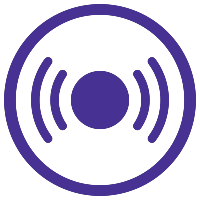Member Symposium
Entomology & Technology: Conversations on Addressing ESA’s Science Policy Priorities through Convergence
2: Invasive urban pests in the United Sates and their management practices
Monday, November 16, 2020
5:13 PM - 5:16 PM EST
- NS
Nan-Yao Su
University Of Florida
Davie, Florida
Presenting Author(s)
Of the four groups of invasive urban pests found in the United States (cockroach, termite, ant, and wasp), termites are economically most important. Two invasive termite pests,the Formosan subterranean termite (Coptotermes formosanus)and Asian subterranean tremite (C. getroi) are found in the U.S, and in recent years the once tropical species of C. gestroi has expanded northward and is now sympatric in at least three areas in the world, Taiwan, Hawaii, and SE Florida. Hybrid populations may be present in these sympatric zones. There are two main options for subterranean termite control, soil treatment with liquid insecticides and application of baits to eliminate termite colony(s). Bits are more environmentally benign and can eliminate colony(s). The ability of a bait to eliminate target colony(s) is important for management of invasive termite species, but currently >50% of subterranean termite control still employ soil treatment. In the field of termite control, the challenge is the regulatory and policy gap, rather than technology gap.

